What does a good subfloor look like?
Before the flooring can be laid, you need to make sure your subfloor is dry, smooth, level, structurally sound, and free from debris. A subfloor in poor condition will need to be repaired before new flooring can be installed - this should always be done by a professional. Here are four signs of a good subfloor:
1. Dry
This means completely free from moisture, not just dry to the touch. This is especially important if you've recently had a concrete or screed subfloor laid, which often takes a minimum of one day's drying time per millimetre of thickness. To test for moisture in your concrete subfloor, tape a square of polythene to it and leave it overnight. If there's condensation on the underside of the polythene, or the concrete underneath is a different colour to the rest of the subfloor, then it's not fully dry yet.
2. Level
To find out if your subfloor is uneven, place a 2m straight edge or spirit level on the floor. The tolerance on the undulations is 2mm, which is roughly the thickness of a £1 coin. If you can slide the £1 coin under the straight edge or spirit level, then your subfloor will require some correction by professionals before your new flooring can be laid. Sometimes all that’s needed is a self-levelling compound over the top of your existing subfloor to smooth it out (but this will need to dry before a floorcovering can be laid).
3. Structurally sound
The subfloor should be solid, stable, and able to provide support for anything placed on top. If you have a wooden subfloor, all the floorboards will need to be nailed or screwed down securely or covered with plyboard if there are too many big gaps, before any new flooring can be laid.
4. Free from debris
There should be no loose debris on the surface of the subfloor such as dirt, dust, disintegrated underlay, or old adhesive. Any big lumps of glue need to be scraped off and the subfloor should have a thorough sweep and a vacuum before the new flooring goes down (which all good fitters will do).












































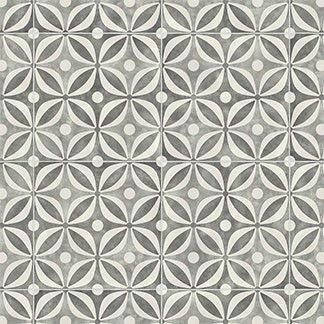
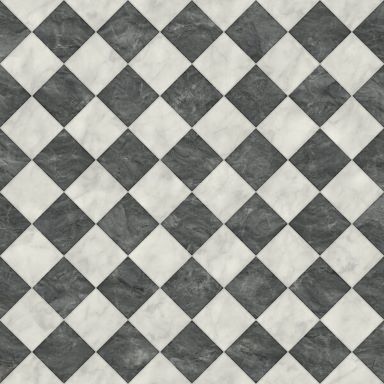

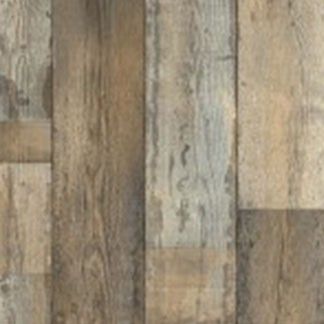











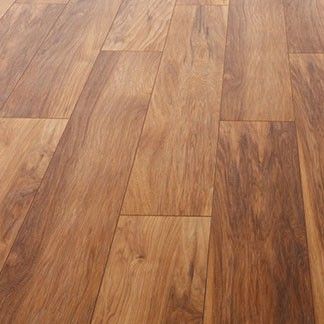
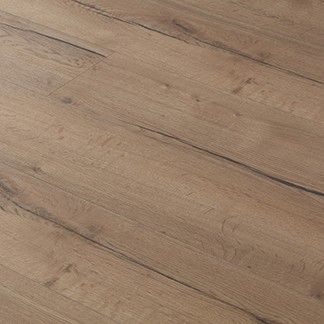












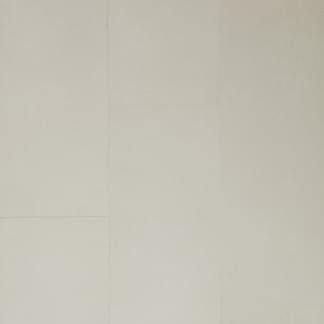





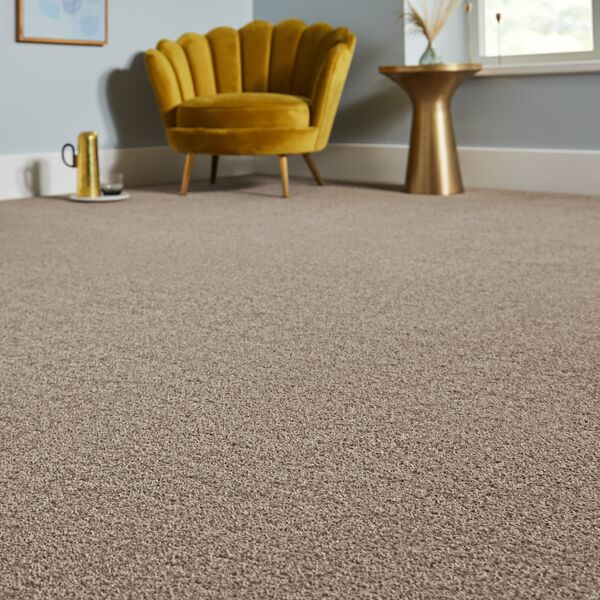
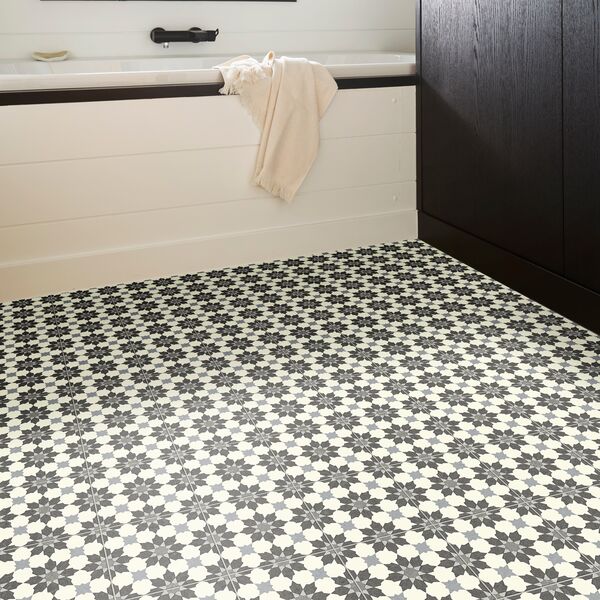
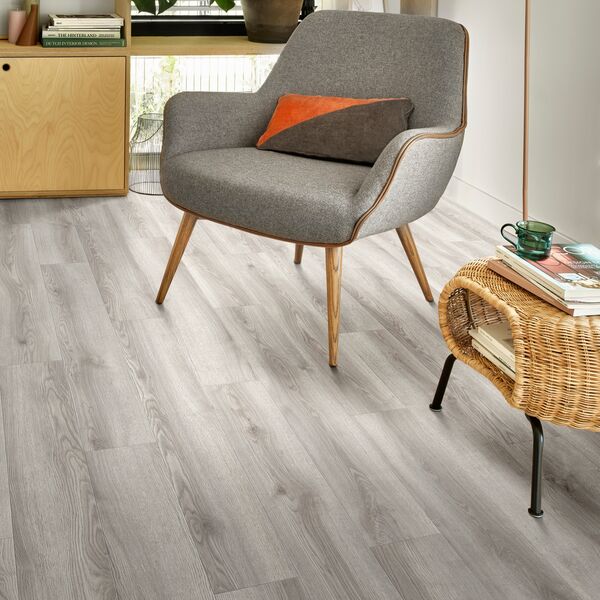

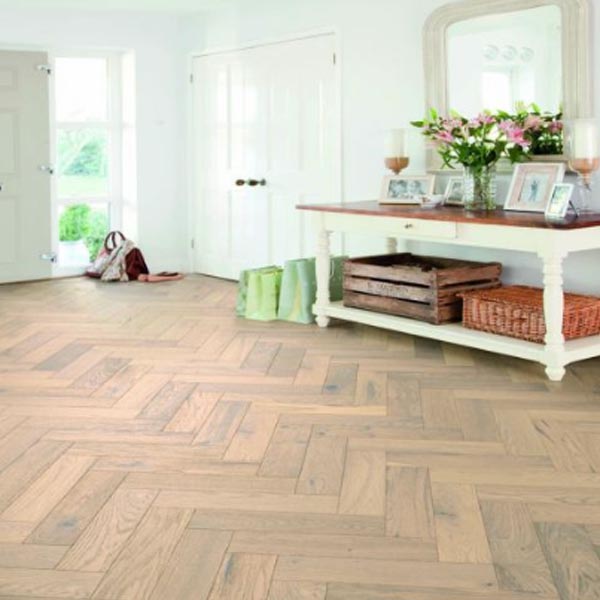

.jpg)
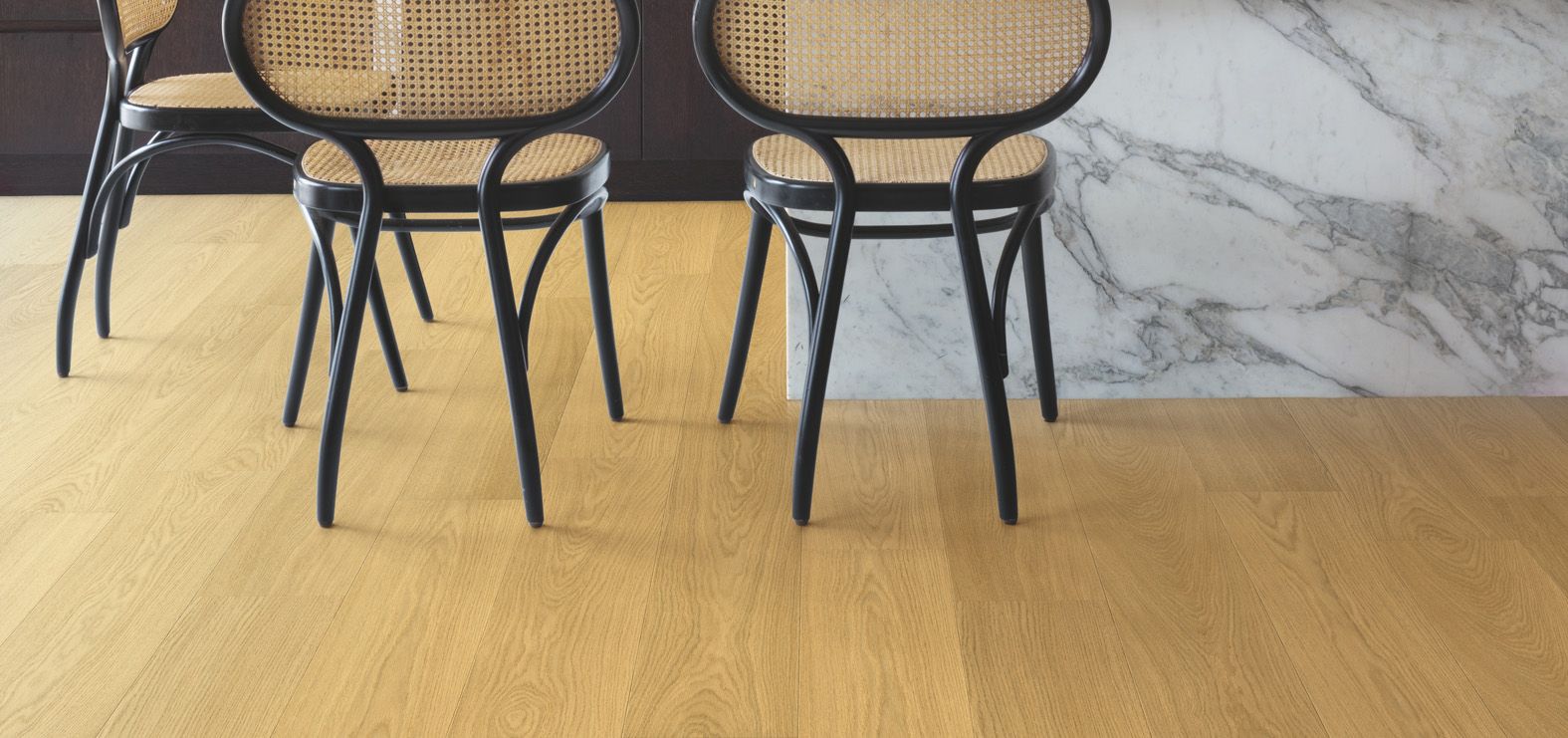
.jpg)

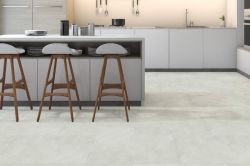




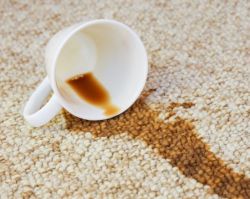





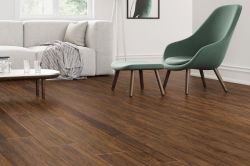



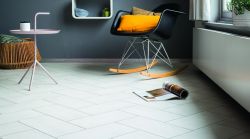




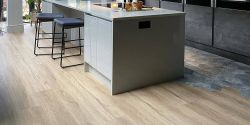


-250.jpg)
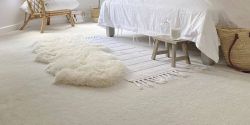

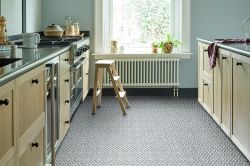
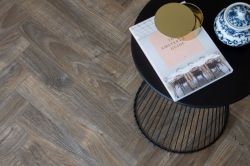

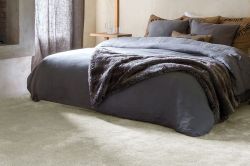

-250.jpg)
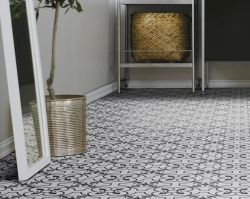

-250.jpg)
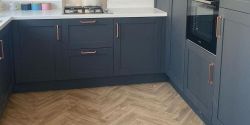
 copy-250.jpg)








-250.jpg)
 - Article Image (not header)-250.jpg)
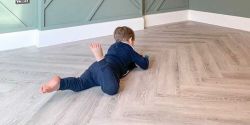
-250.jpg)

-250.jpg)







